Architecture on the Road
EXPLORING LIJIASHAN, YAODONG CAVE VILLAGE FROM LOESS PLATEAU
The village of Lijiashan (李家山 Lǐ jiāshān) represents a beautiful and interesting example of cave houses village, a peculiarity of the Loess Plateau.
The Loess Plateau spans the Northern part of China through the provinces of Shanxi, Shaanxi, Gansu, Ningxia and Henan, and it’s inhabited by almost 50 million people.
The unusual environmental and climate conditions of the plateau inspired the development of an unique vernacular typology: the Yaodong.
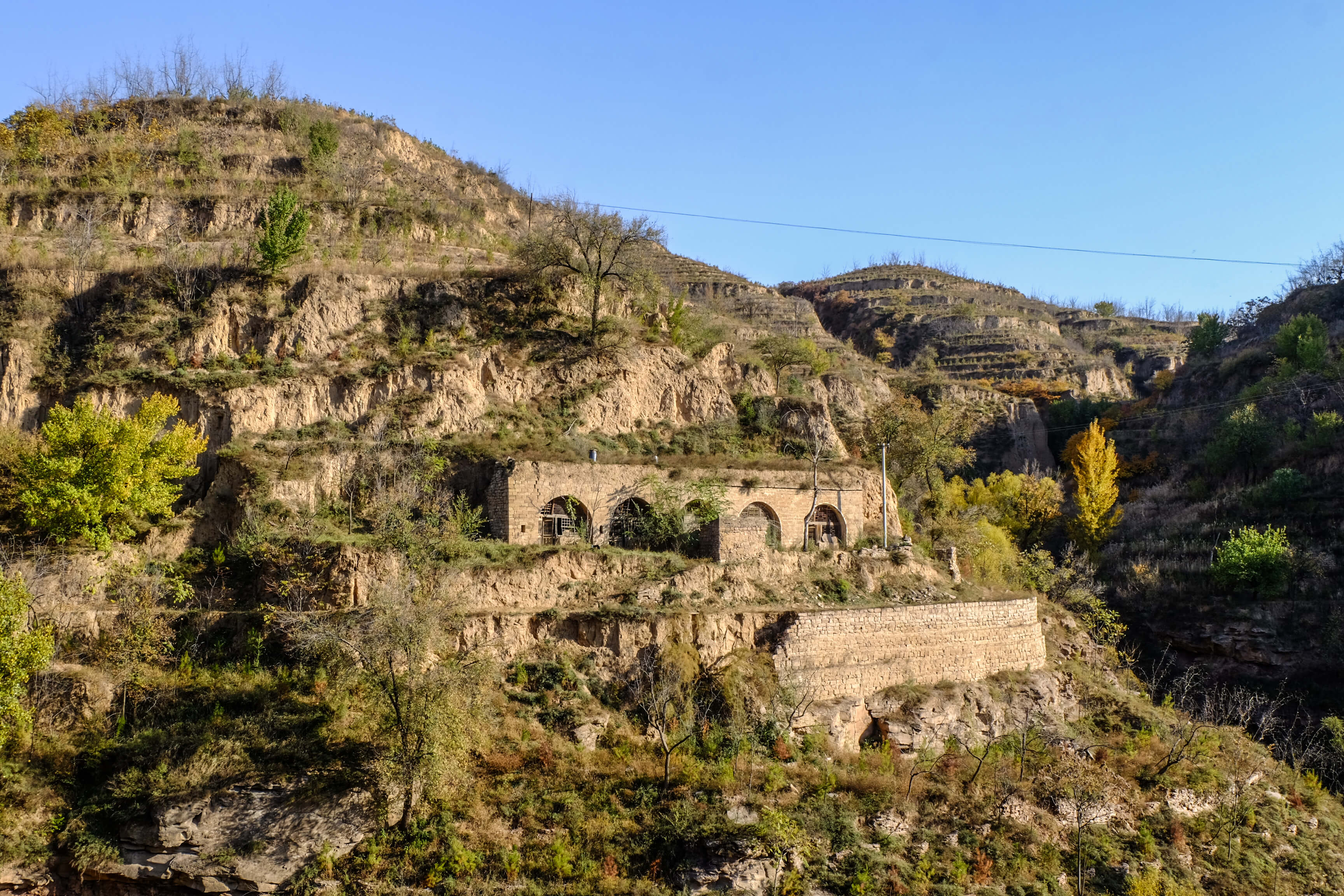
THE YAODONG TYPOLOGY
Yaodong (窑洞) literally translates to “cave house”, and there are 3 different variations depending on the conditions of the terrain:
– Cave dwellings dug in cliffs (靠崖窑 – kàoyáyá) are usually built along slopes and cliffsides and can be several stories high.
– Sunken courtyard houses (地坑院 – dìkēngyuan) consists of rooms that are excavated around a sunken courtyard dug in the ground.
– Stand alone cave dwellings (箍窑- gūyáo) means the structure of the house is not dug or excavated, but stands above ground as an independent building. The inner space maintains the vaulted structure, achieved using bricks or stone to build the arches. The space between the arched structures is filled with earth.
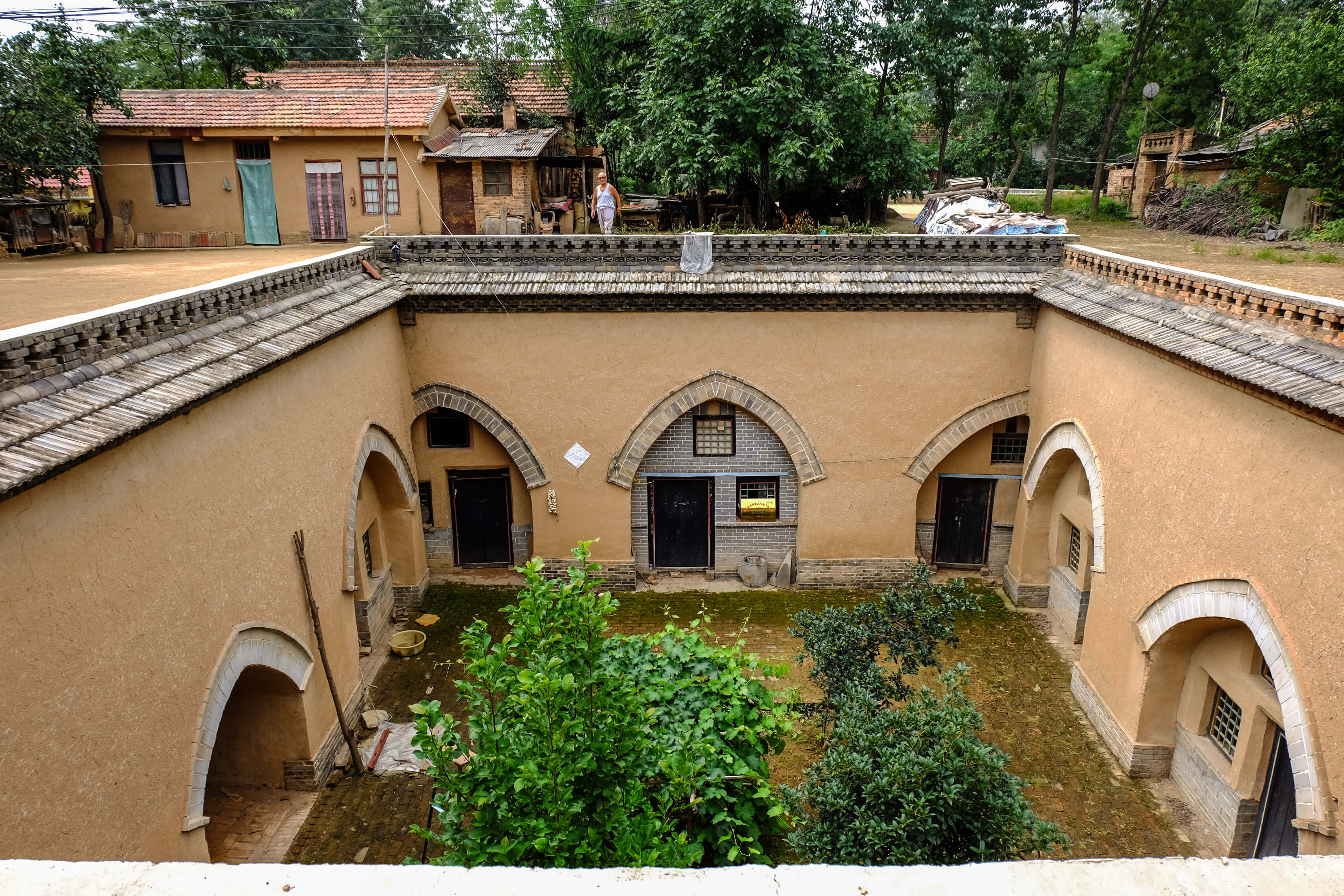
It is estimated that millions of people still live in Yaodong style dwellings in the Loess Plateau.
This kind of building is very cheap and efficient in term of material, construction, and maintenance; and most of the living spaces are simply excavated into the earth or the rock of the plateau.
The rooms are characterized by vaulted ceilings and really thick walls, which guarantees greater thermal insulation, maintaining an interior space that is warm in winter and cool in summer.
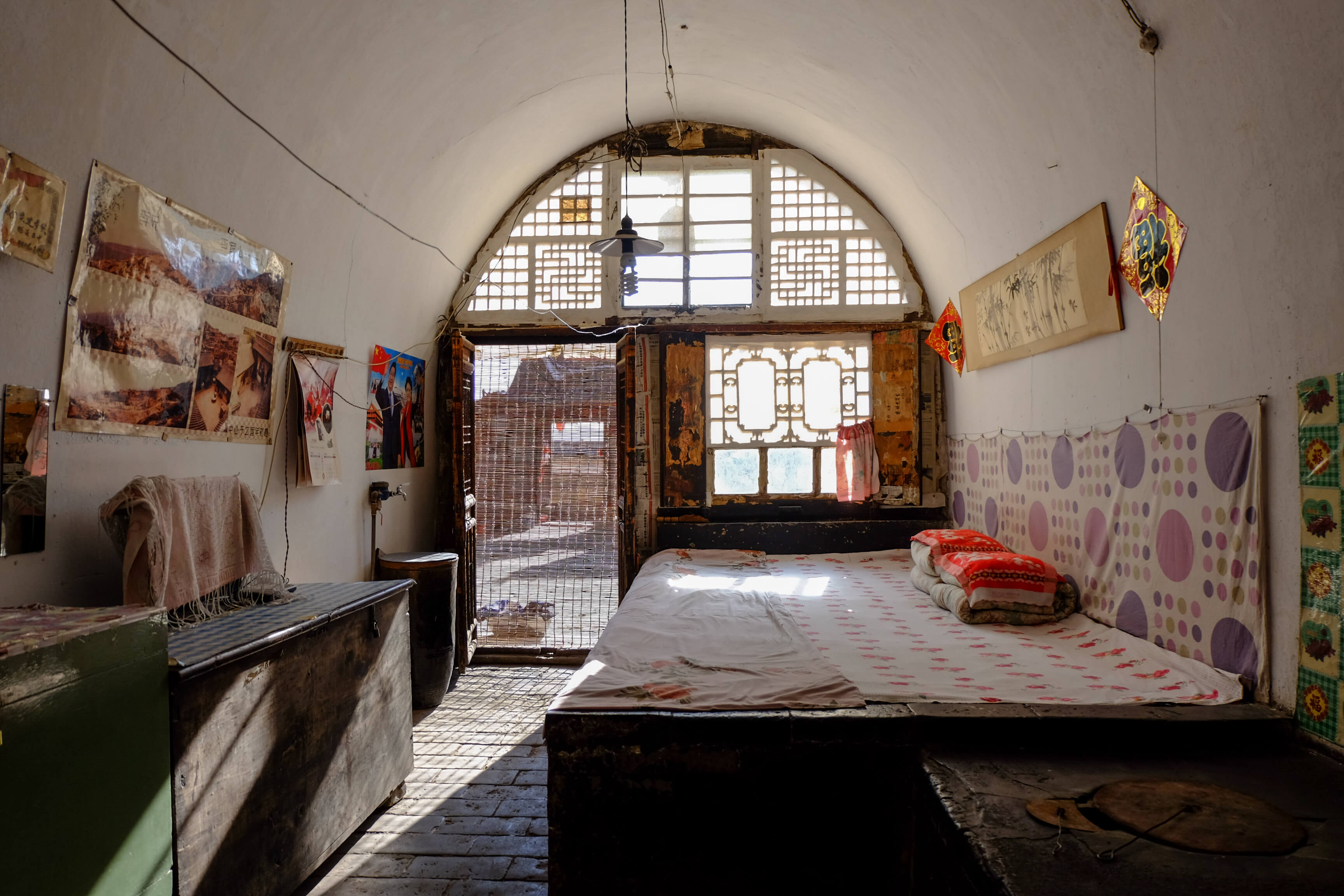
The dug-out rooms represents the basic unit part of this typology, and therefore the most simple of these dwellings are only characterized by three rooms, one next to the other, simply closed off from the outside with a wooden frame façade and paper as cladding.
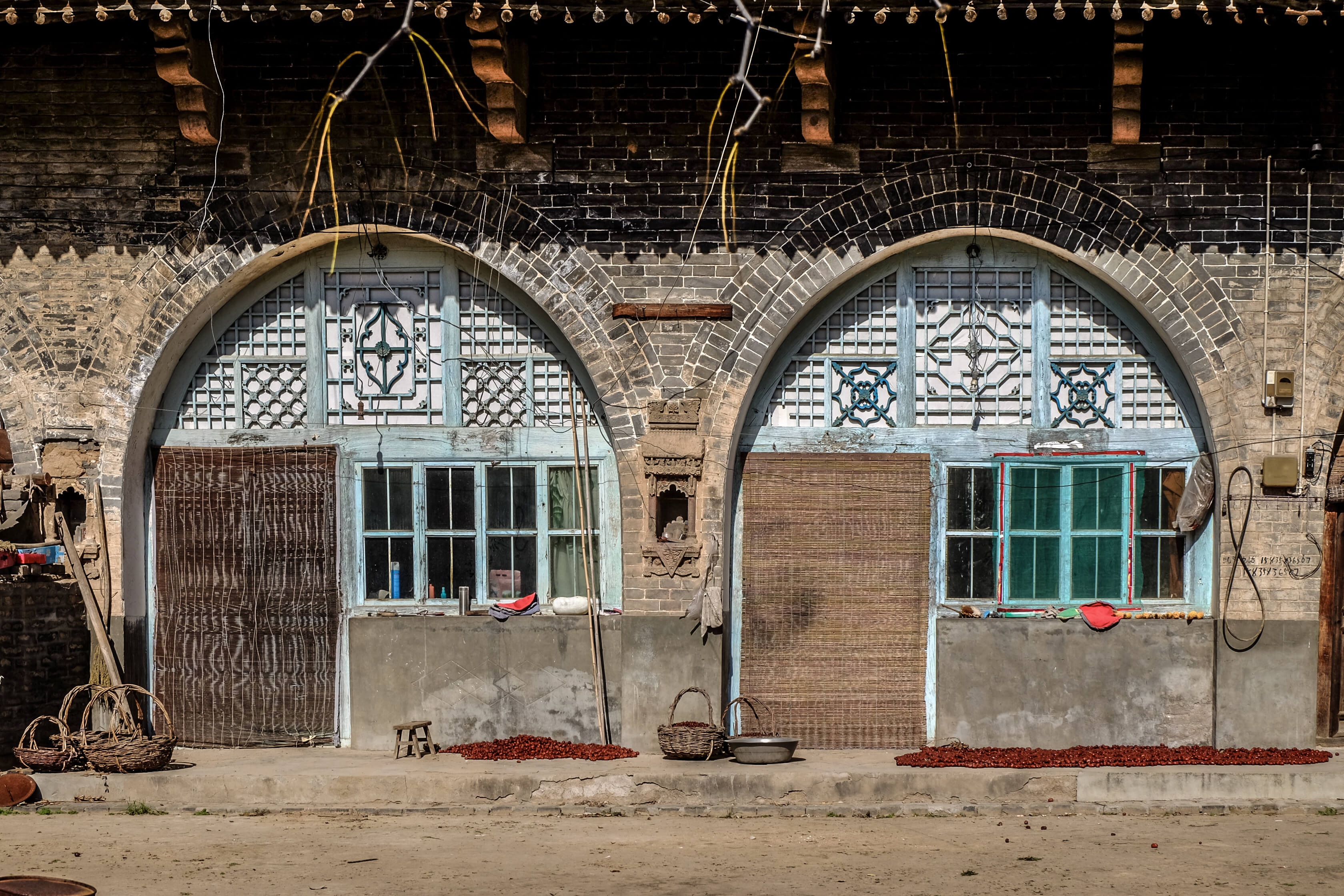
EXPLORING LIJIASHAN VILLAGE
The village of Lijiashan is an ancient settlement belonging to the Li family clan (most of the villagers have the surname Li 李), dating back to the Ming Dinasty.
The village is perched on a cliff of the Loess plateau, not far from the ancient town of Qikou (碛口镇 Qì kǒu zhèn) in western Shanxi Province, a few hundred meters from a bend in the Yellow River.
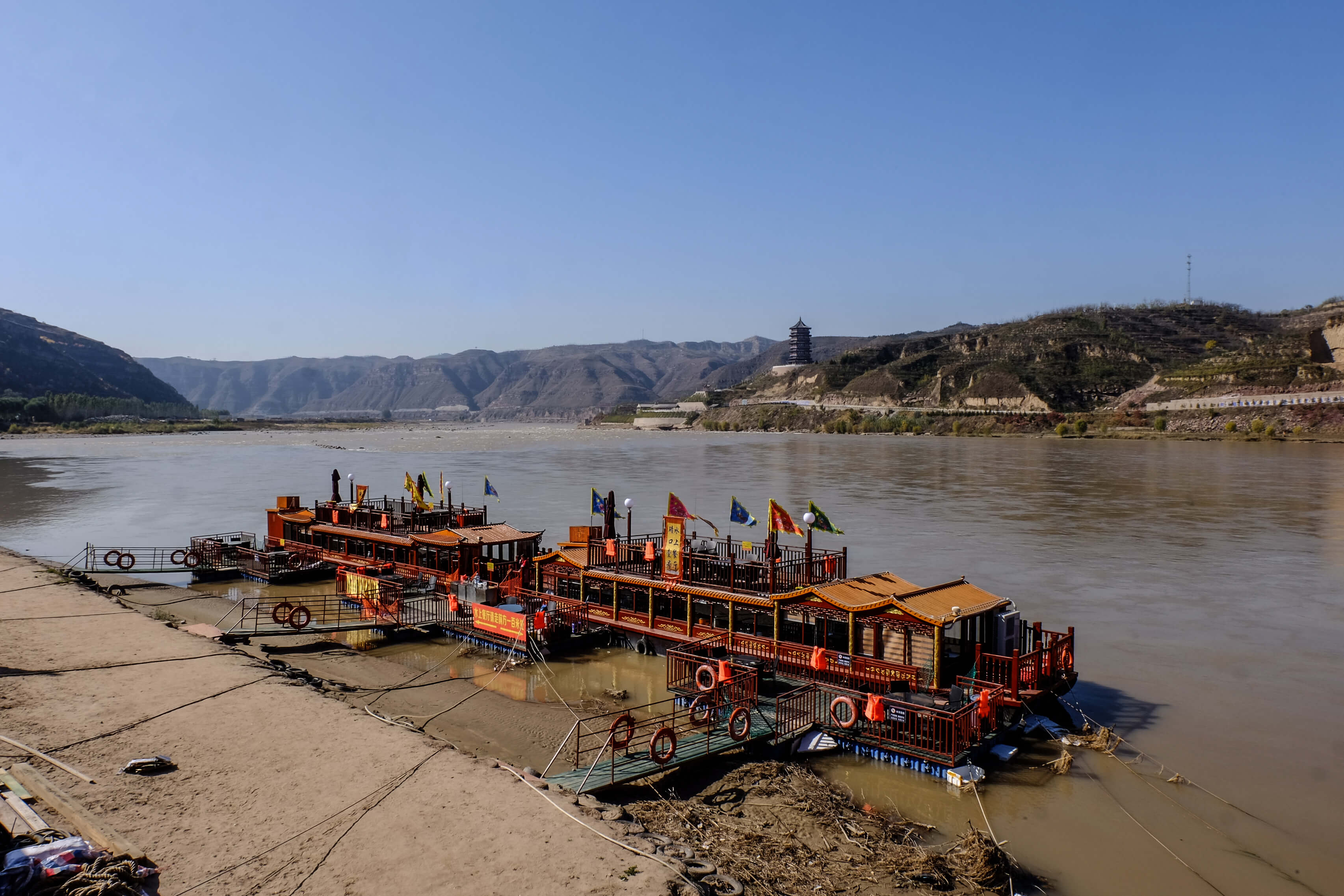
Most of the buildings are the Kàoyáyá (cliff side) type of Yaodong dwellings dug into the mountain with different sizes and complexity.
While the smaller, simpler houses are made of a single building with three room-caves, the bigger homes are courtyard houses composed by excavated rooms in the back and standalone cave buildings in the front. They are built on terraced slopes and some of them are multiple stories.
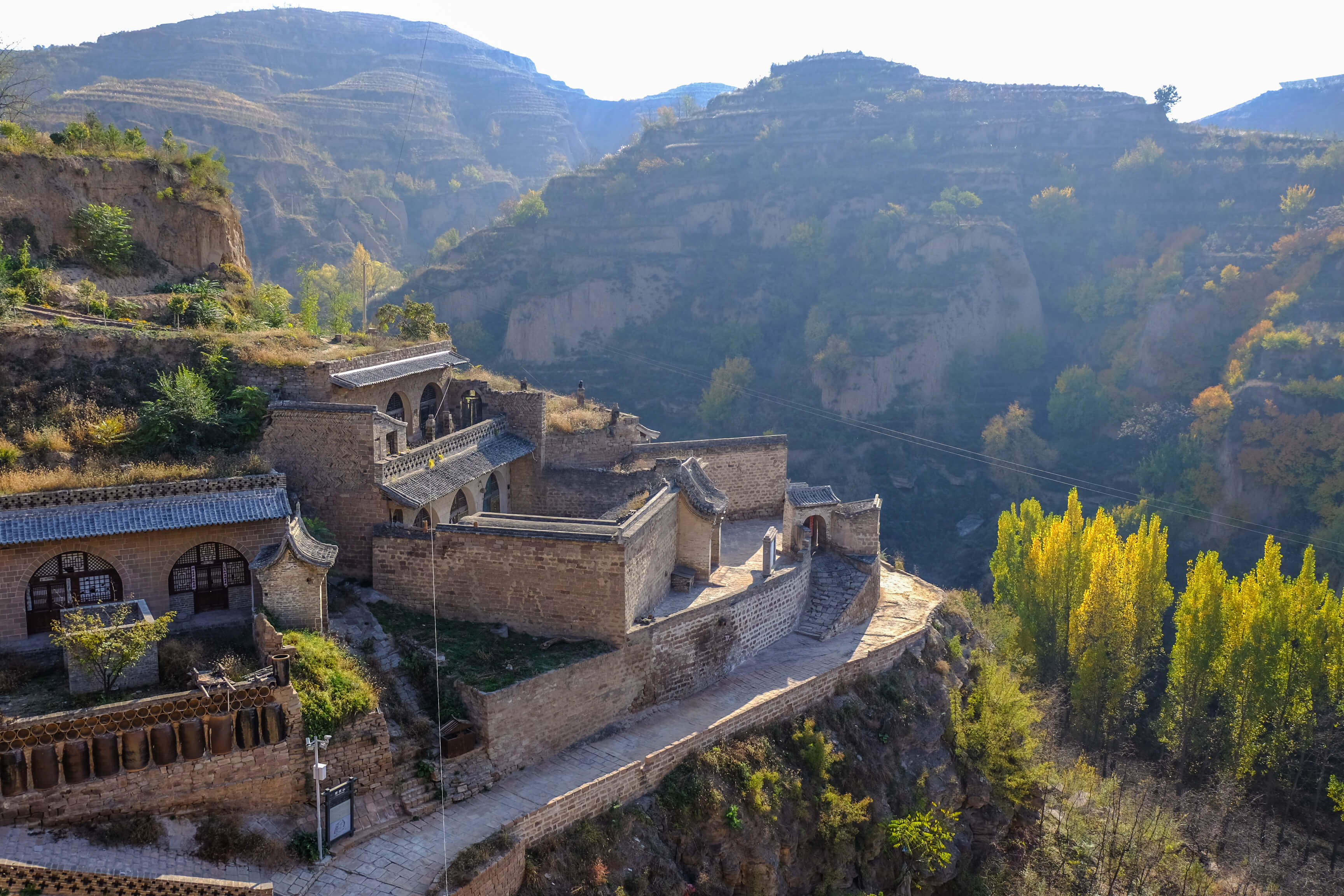
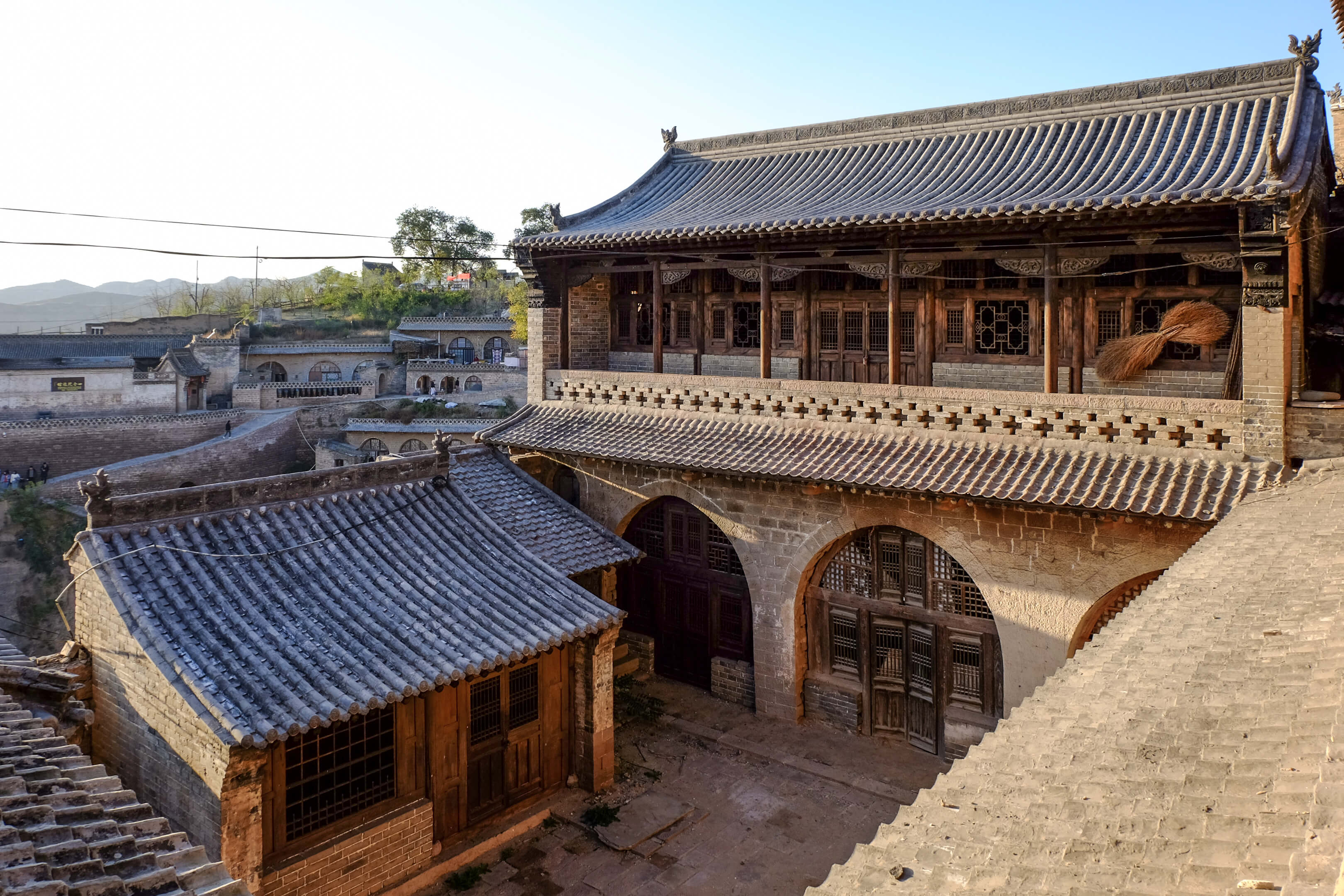
It’s incredible the way Lijiashan village coexists with the natural environment, displaying admirable architectural solutions to allow habitability in such a harsh piece of landscape.
Of particular interest is the layering technique that characterizes the dwellings; the courtyards built one on top of the other through the use of terraced levels.
To climb up and down between the different levels of the village, and inside the courtyards, ramps and stairs play a very important role in distributing traffic.
These ramps are a very peculiar feature of the village because of their organic steep shape following the side of the cliff, and because of the absence of any fence or railing.
The way the edges of the ramps and terraces are unprotected is indeed unique, embracing the emptiness of the canyon as a part of the village itself, reinforcing the strong and respectful relationship between the buildings and the landscape.
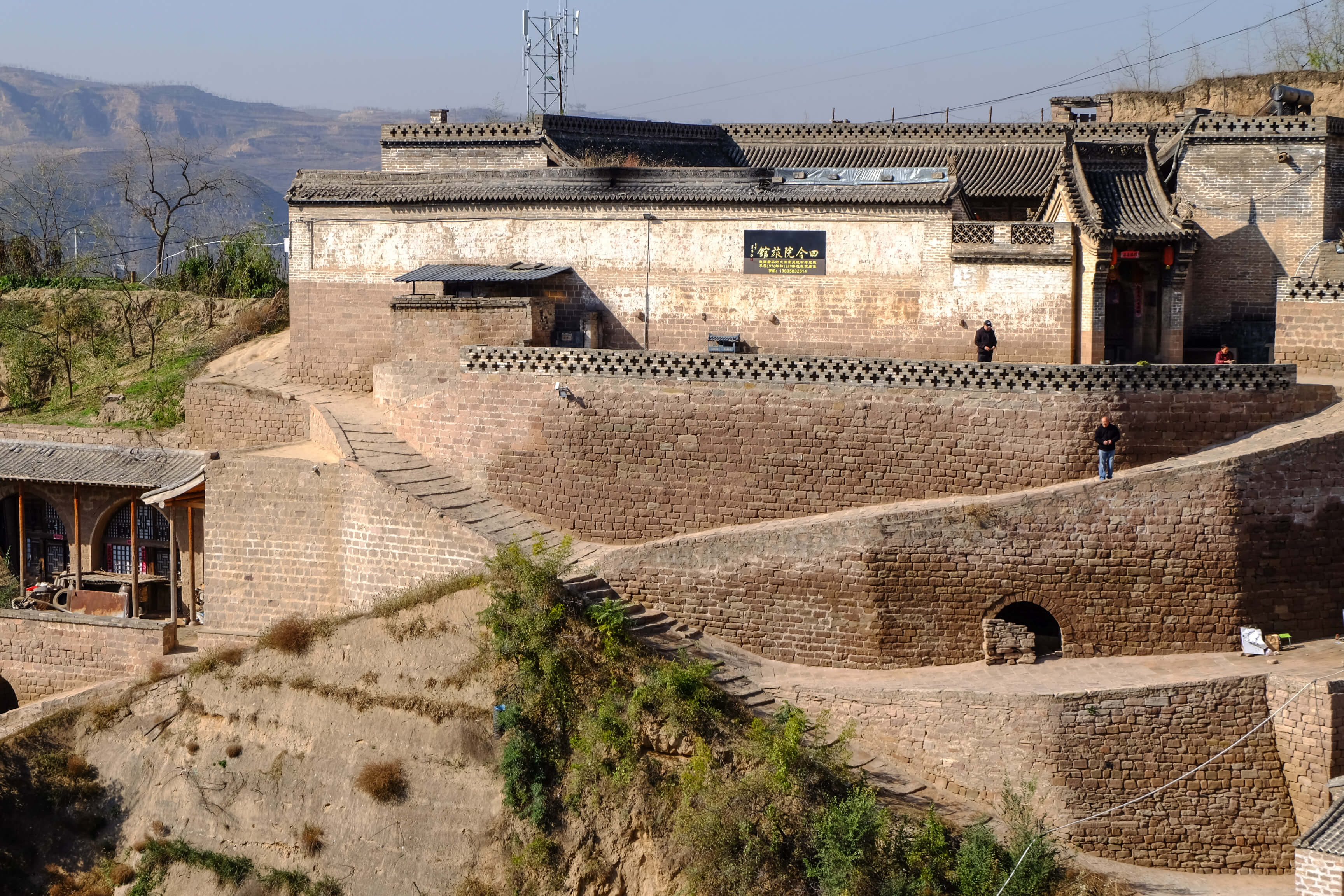
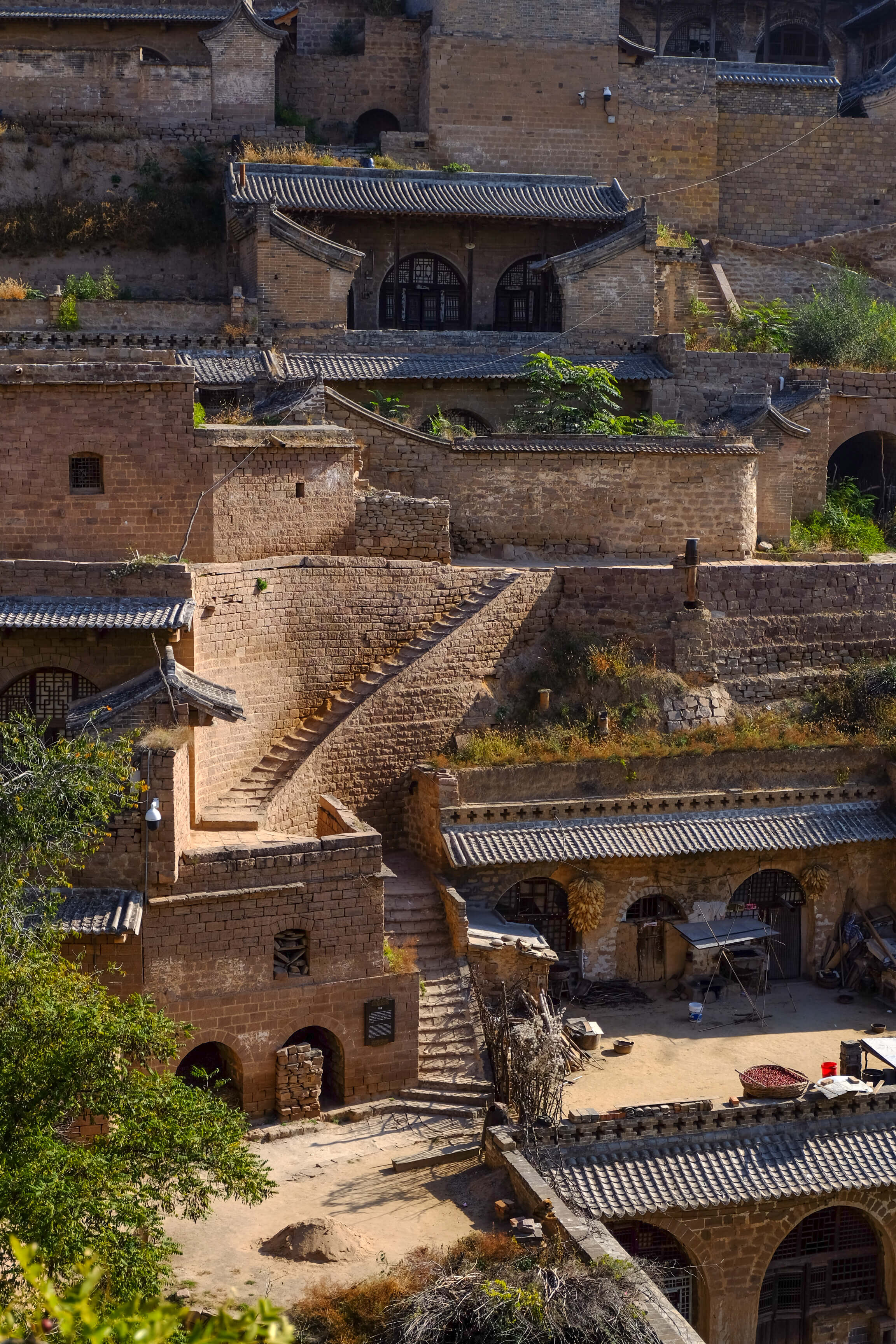
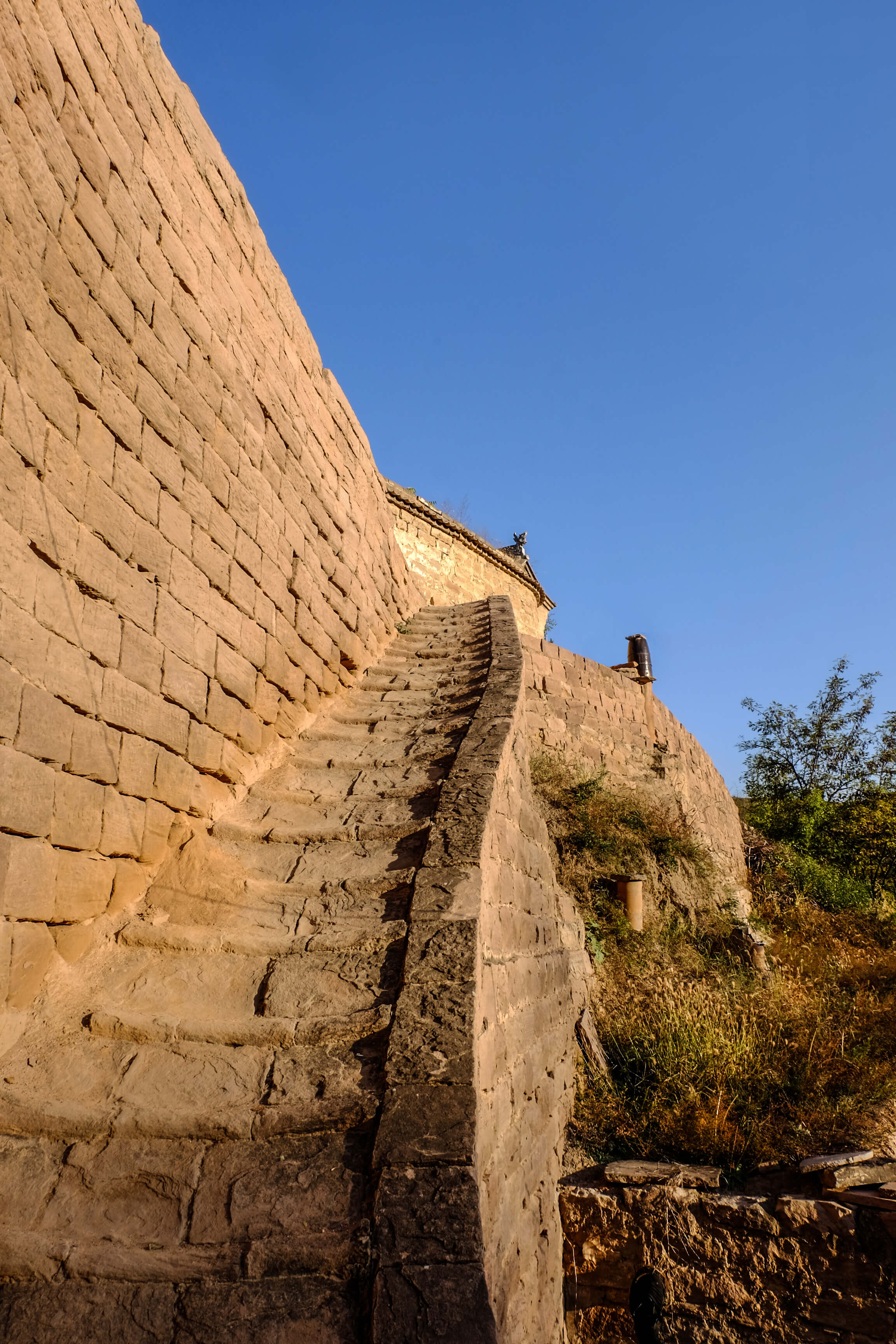
Many of the ancient houses and structures in Lijiashan are really well preserved and the lifestyle of the few residents seems to be still frugal and simple, like in older times.
The facilities of many of these houses are in fact extremely basic, and it’s not surprising that nowadays the village has many empty houses and is mostly inhabited by old people. This is a common occurrence for many rural Chinese villages, which are too isolated from bigger cities to allow young inhabitants to find work and live a more modern and comfortable lifestyle.
Even if now many houses are empty and some in disrepair, it is still possible to see that in golden times Lijiashan would not have been a poor village.

The views that Lijiashan offers are quite breathtaking and difficult to capture.
I tried hard to capture the beauty of these place, but I truly believe the photos don’t do justice to its unique shape and features that can only be appreciated entirely in person.
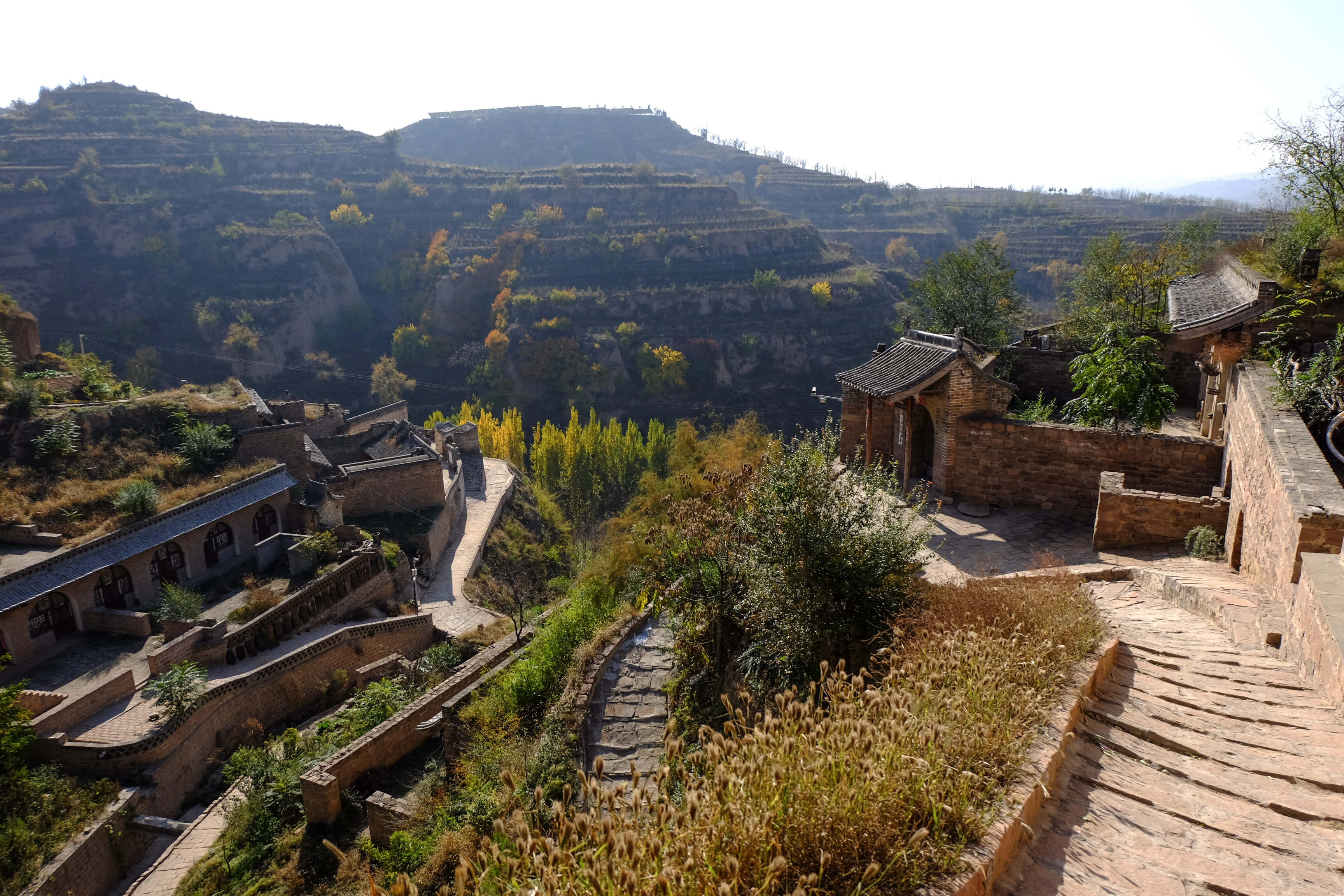
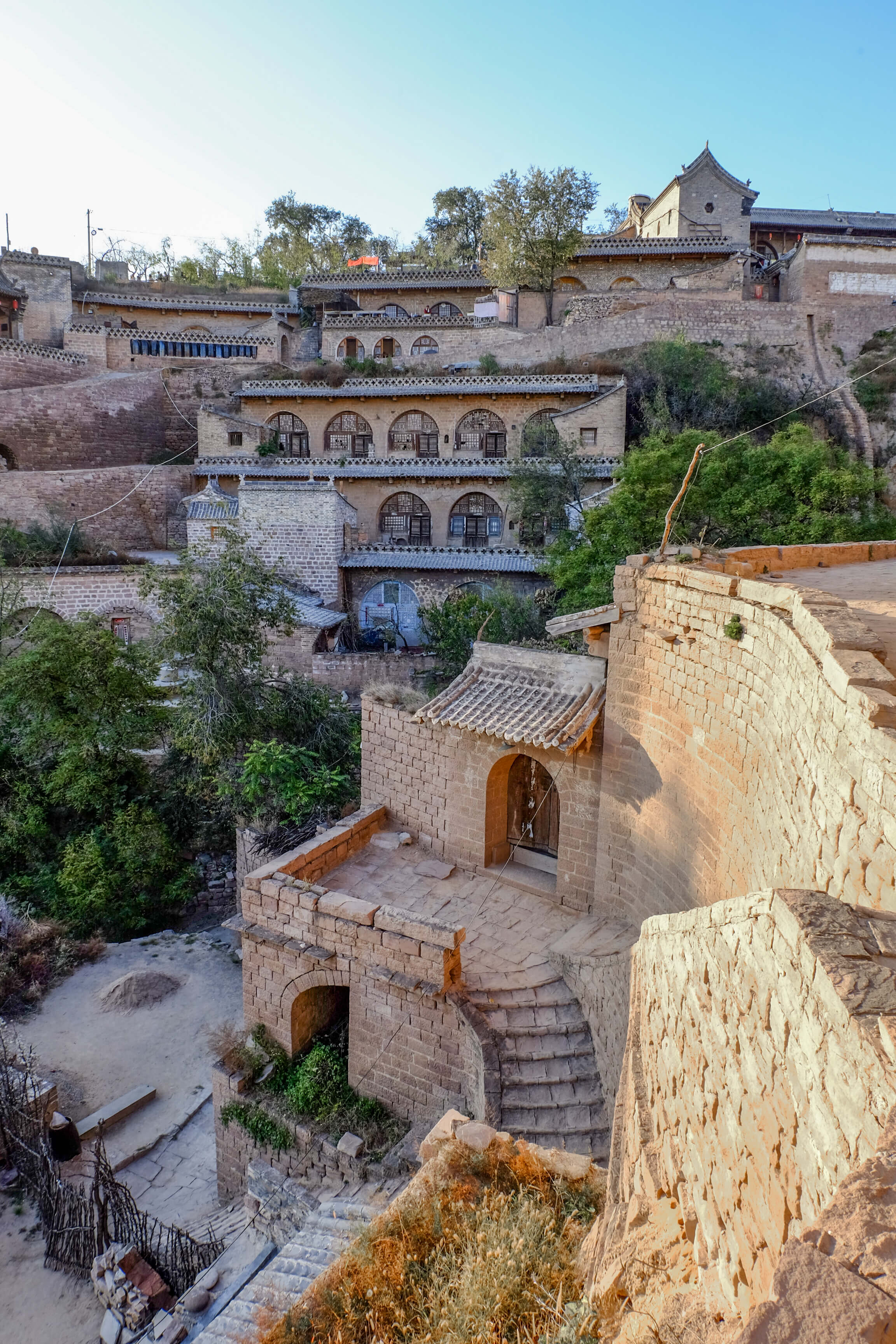
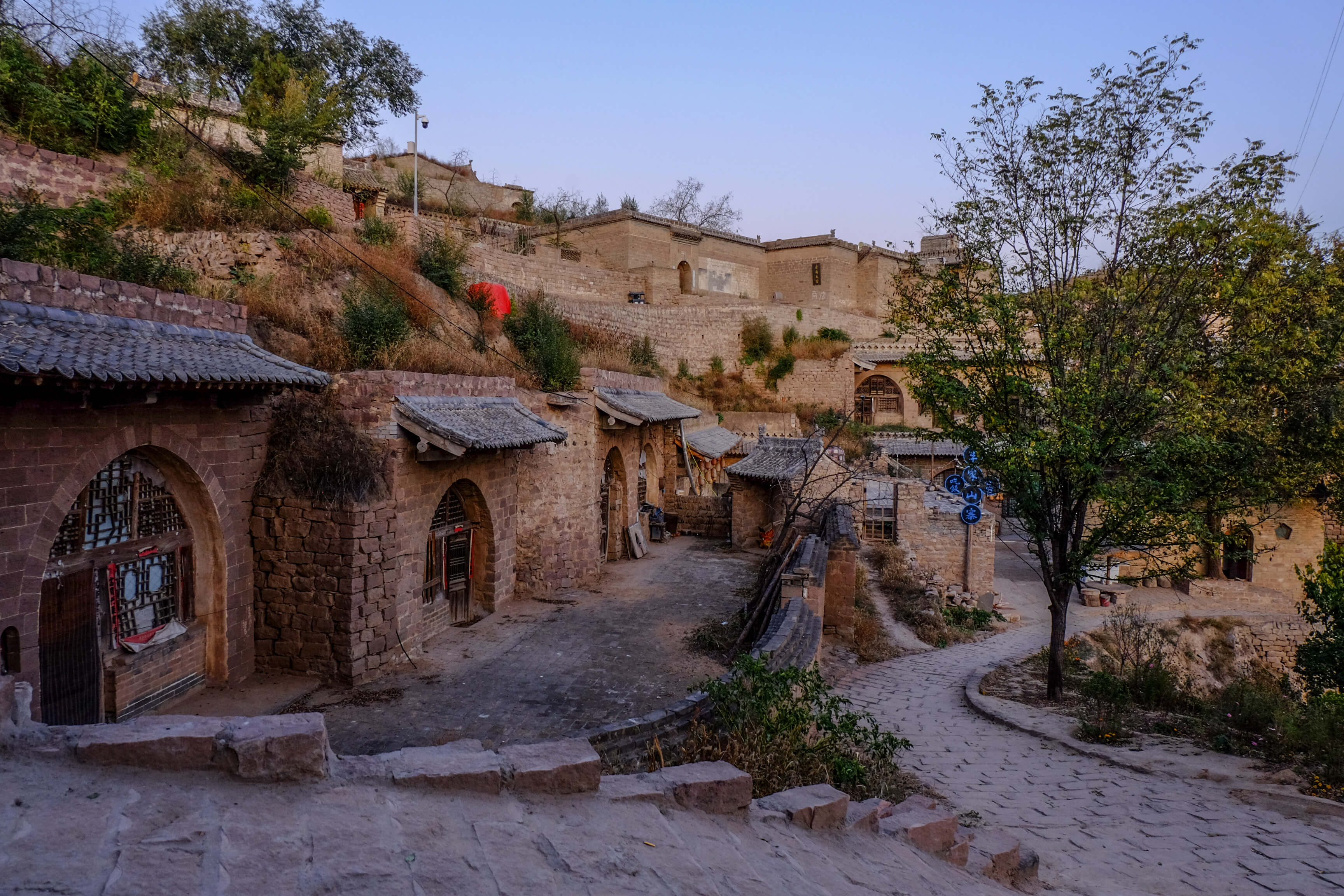


Lijiashan seems to be quite well-known in the area, especially by painters and art students, a common encounter when walking around the village.
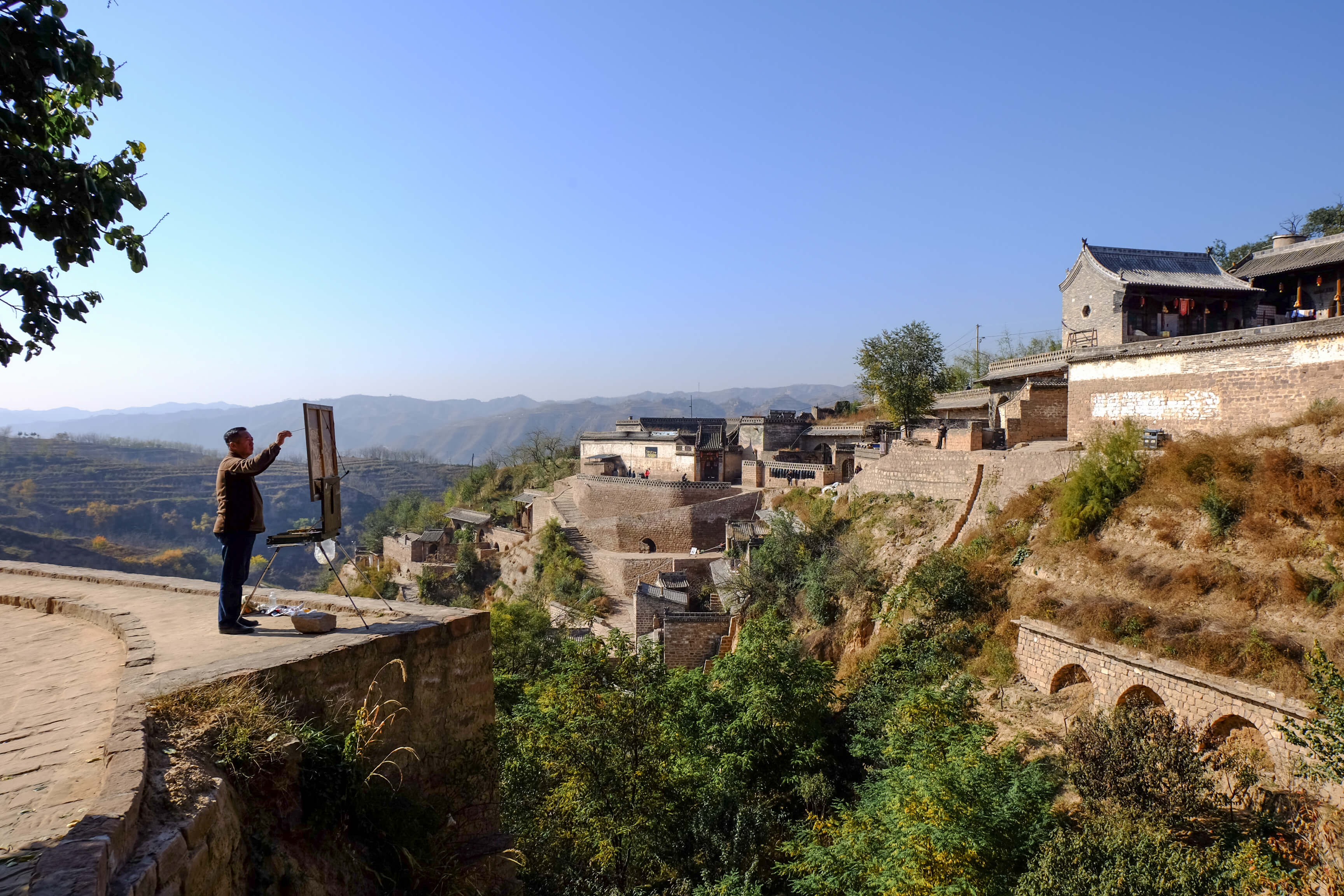
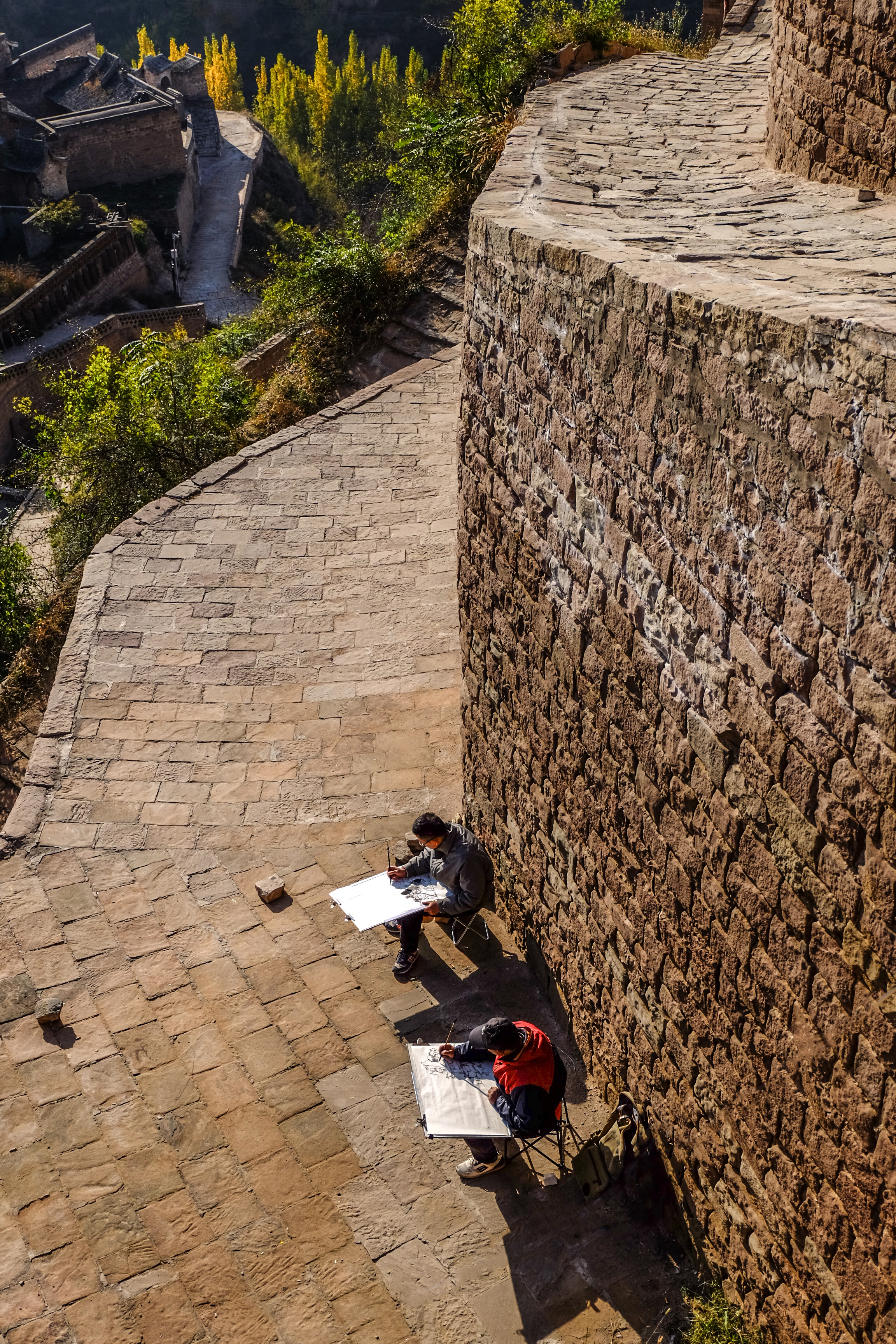
In Lijiashan, we spent the night at Qikou Li Jianxin Farmstay, a family guest house located in a beautiful traditional Yaodong courtyard house at the top of the village, equipped with basic facilities.
The kind owner took us through a scenic walk on the cliff in front of the village, gifted us with the dates from his trees, and gave us a ride back to Qikou the second day, in time to explore Qikou for few hours and catch the bus back to Lǚliáng.

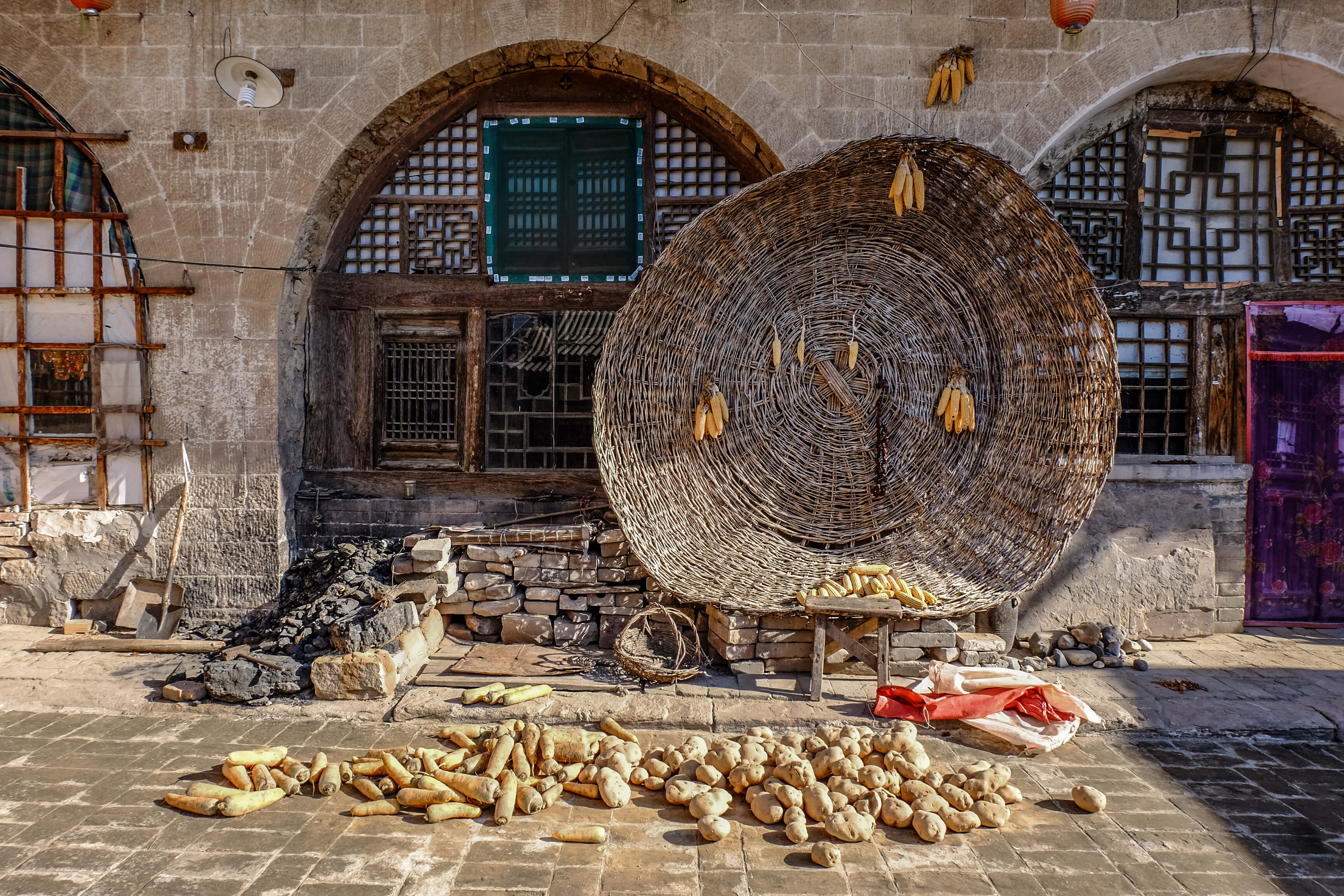
HOW TO GET TO LIJIASHAN VILLAGE
Lijiashan is located few miles from the ancient town of Qikou (碛口镇), in the West of Shanxi Province. To get to the village, it is necessary to pass through Qikou first.
Once in Qikou, it’s possible to get to Lijiashan with a short taxi ride of 10 minutes (or walking approximately 1h on a quite steep terrain).
HOW TO GET TO QIKOU
Through Taiyuan:
Taiyuan (太原市) is the main city of Shanxi Province, and very well connected through China.
From Taiyuan bus station early every morning, a bus departs to Qikou that is supposed to take approximately 5h.
Through Lǚliáng:
Lǚliáng (吕梁市) is the nearest big town to Qikou that is served by a railway station. Many of the train heading trough Lǚliáng go through Taiyuan, so it may be necessary to switch trains in Taiyuan before reaching Lǚliáng.
Lǚliáng can be also reached by airplane. Lǚliáng airport (吕梁机场 – Lǚliáng jīchǎng) is located approximately 20km north of Lǚliáng downtown.
Once in the city center, from Lǚliang Lishi coach station (吕梁离石汽车站- Lǚliáng lí shí qìchē zhàn), it is possible to catch a bus to Qikou several times a day.
The bus takes from 1.5 to 3h, according to the route and the speed (the road is not always in a good condition and the busses are pretty old and not very comfortable, especially on bumpy roads)
Alternatively in Lǚliang, it is possible to reach Qikou by taxi.
The taxi ride takes approximately 1h and cost around 120 rmb.

IS IT WORTH TO TRAVEL TO LIJIASHAN? MY OPINION
If you want to explore the Yaodong cliffside type of houses, I believe the effort to get to Lijiashan is totally worth it.
Getting to Lijiashan was quite an expedition rather than a leisurely weekend getaway.
This was in fact a destination that I long had on my radar and procrastinated going to because it is a bit of a challenge. I must admit, getting there is not straightforward and can be quite a hassle. It took us a lot of research and puzzling over train schedules to figure out the most efficient way to get there from Beijing where we departed (which, to be honest, was still not really efficient and quite time consuming).
Once in Lǚliang, because of our lack of time left for the day, we ended up taking a taxi to Qikou (we managed to take the public transport only for the way back).
Once we arrived in Lijiashan though, we were rewarded with the most enchanting setting, which was actually quite a surprise because as I already mentioned, pictures really don’t do full justice to this village.
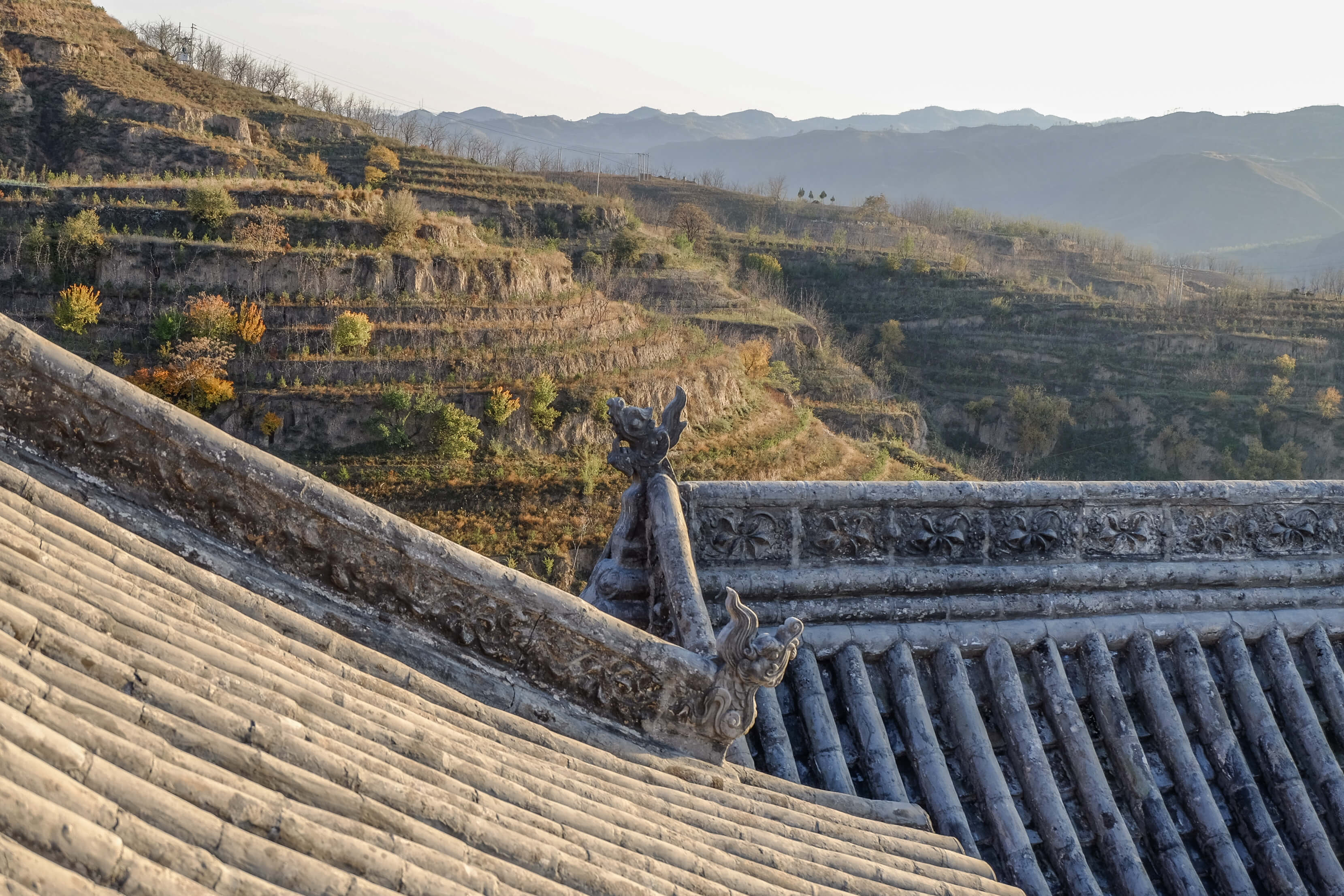

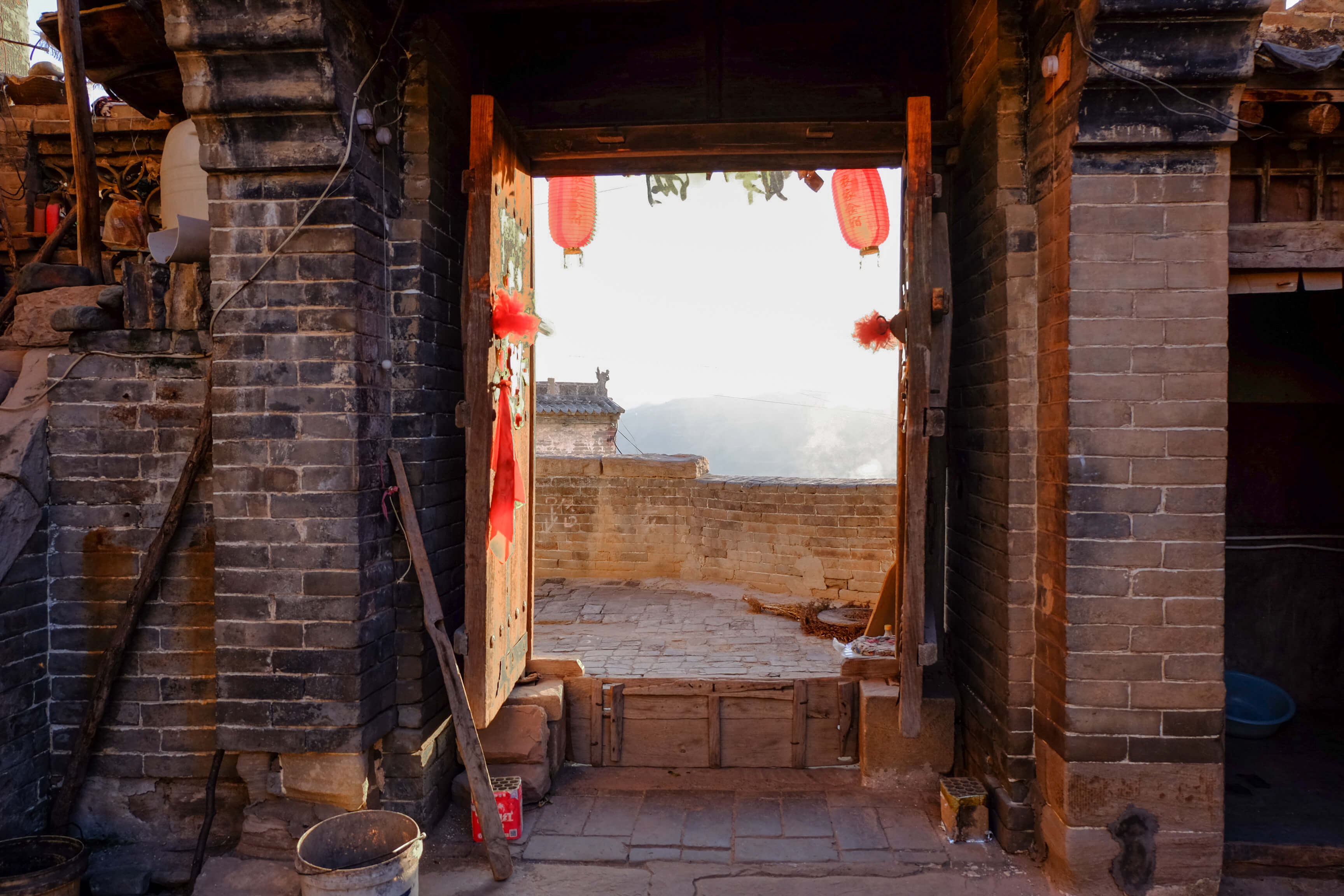
The gentle, beauty of this spontaneous architecture adapted to the harsh, dusty nature around it creates a scenery which is hard to describe without gushing about its charm.
Passing through the canyons of this part of Loess Plateau was quite an interesting experience too. The geography of the landscape retains a harsh, odd beauty, a mixture between the rugged nature and the manmade effort to dominate it into a livable place.
In conclusion: I believe Lijiashan was maybe one of the most interesting and unique Chinese villages I’ve visited since beginning my Chinese architectural exploration.
It represents how an artificial environment (such as a village) can so strongly, yet beautifully tie the local context into which it is built, displaying an admirably executed problem solving that respects and enhances the surrounding nature.

You may also like
FRom the same province
stay tuned !
search for a destination
latest travel itineraries
latest CHINA articles
Text and pictures by
Architecture on the Road ©
Architecture on the Road
All rights reserved
All photographs on this site were taken and are owned by me (unless credited otherwise).
If you would like to use some of these photos for editorial or commercial purposes, many of these are available on Shutterstock (click the link below). Otherwise, please contact me on Instagram, Facebook, or by email.
Do not use my pictures without my written consent. Thank you!


Comments
Like a beautiful poem….